Hisense 116UX review: Two minute review
The Hisense 116UX is the brand’s flagship 4K TV, and it introduces RGB mini-LED technology to the world in a 116-inch screen size. Some elements of its picture rival the best TVs, and it has a wide array of features, but its appeal is limited by key shortcomings.
With a launch price of $29,999 / £24,999 / AU$39,999, the Hisense 116UX is an expensive TV that will exceed most budgets. And while it features exciting new RGB mini-LED tech, Hisense will also be introducing RGB mini-LED in 100- and 85-inch models in the future, and more buyers are likely to gravitate to those.
The 116UX’s bold, vibrant colors take mini-LED to the next level. Textures are crisp, and the high brightness gives pictures a strong level of punch. Contrast and black levels are mostly good, but backlight blooming and inconsistent backlight control lead to a clouding effect in some dark scenes that hamper what would otherwise be a remarkable picture. Even with the TV’s large size, viewing angles are limited, with pictures losing contrast when viewed from off-center seats .
A 6.2.2-channel sound system delivers mostly solid performance, with immersive effects, impressive accuracy and clear dialogue. Bass has good impact, but the 116UX’s soundstage isn’t as wide as I’d hoped for. A screen this size deserves one of the best soundbars to match, ideally a premium option like the Samsung HW-Q990F.
The 116UX is great for gaming, with 4K 165Hz, AMD FreeSync Premium Pro, ALLM and Dolby Vision gaming all supported across three HDMI 2.1 ports. While its 14.6ms input lag time is higher than the best gaming TVs, its overall gaming performance is good enough for an enjoyable experience on a big screen.
This TV’s high price is hard to ignore, and even though the 116UX features an RGB mini-LED panel and has a gargantuan screen size, you can build a truly great home theater system with some of the best 4K projectors at this price. The 116UX will deliver better value when its price drops, but right now, it’s a big ask.
Hisense 116UX review: Price & release date
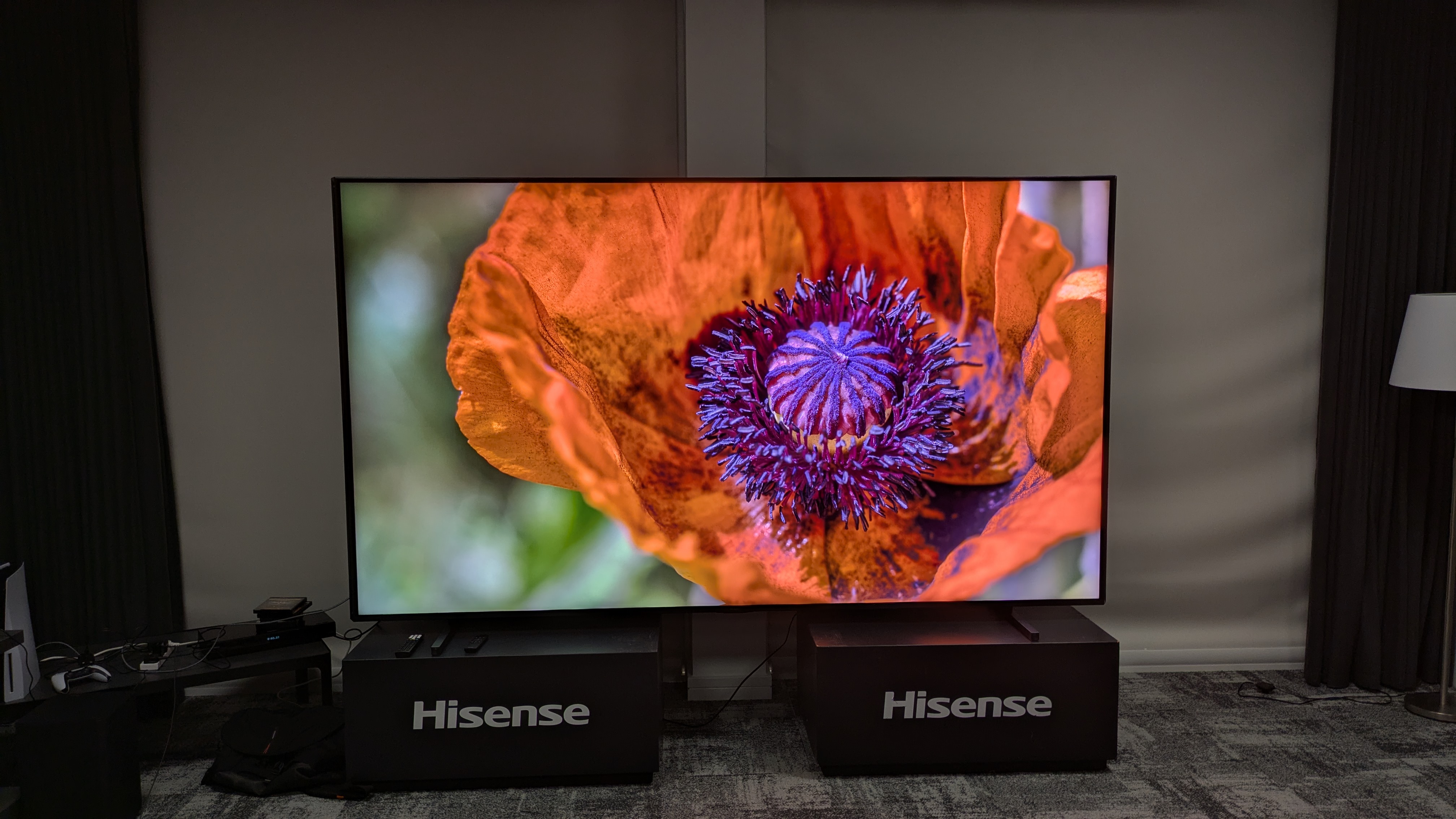
- Release date: September 2025
- Price: $29,999 / £24,999 / AU$39,999
The Hisense 116UX, Hisense’s flagship 2025 TV, uses a new RGB mini-LED panel. It sits above the Hisense 110UX, U9Q, U8Q, U7Q and U6Q mini-LED TVs and is priced at $29,999 / £24,999 / AU$39,999.
Although the 116UX had only been available for a few weeks at the time I reviewed it, the price has dropped to $24,999 in the US. I expect the TV's price will drop even further over the coming months.
Hisense 116UX review: Specs
Swipe to scroll horizontally
Screen type | RGB mini-LED |
Refresh rate | Up to 165Hz (4K) |
HDR support | Dolby Vision IQ, HDR10+, HDR10, HLG |
Audio support | Dolby Atmos |
Smart TV | Google TV (US), VIDAA (UK& Aus) |
HDMI ports | 3 x HDMI 2.1 |
Built-in tuner | ATSC 3.0 |
Hisense 116UX review: Benchmark results
Hisense 116UX review: Features
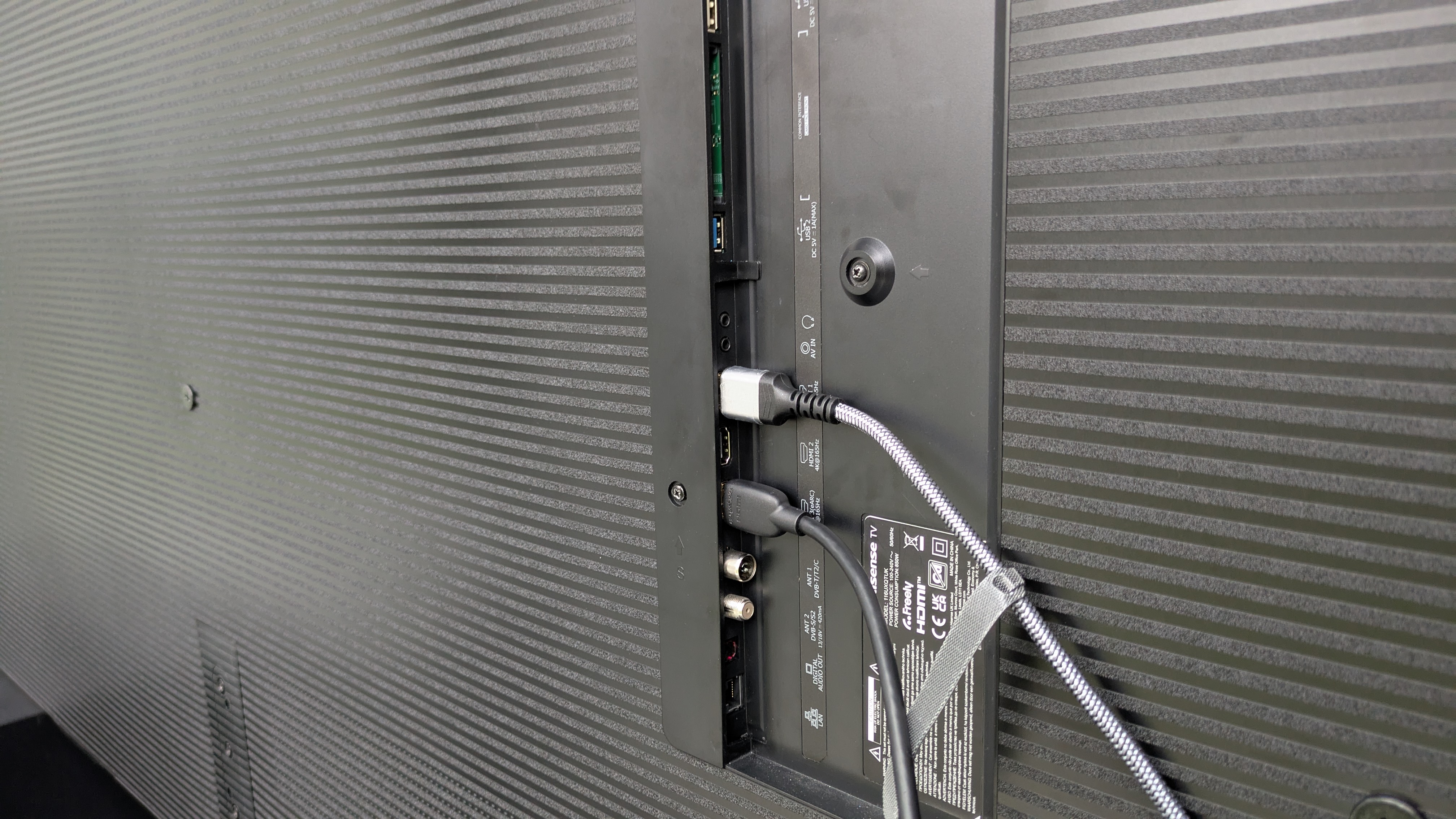
- RGB mini-LED panel
- Hi-View AI Engine X processor
- Dolby Vision IQ, HDR10+ and IMAX Enhanced support
The 116UX features Hisense’s RGB mini-LED panel, which uses RGB mini-LEDs to produce a wider, more refined color gamut. HDR support includes Dolby Vision IQ and HDR10+, as well as the HDR10 and HLG formats. It also supports IMAX Enhanced and Filmmaker Mode.
Hisense’s flagship TV comes equipped with a 6.2.2-channel speaker system, totaling 110W in power. It supports Dolby Atmos, but not DTS. Alongside the usual sound presets - Standard, Movie, Sport - it also has AI sound, which adapts the sound and dialogue based on both the content showing onscreen and the viewing environment.
The 116UX’s gaming features include 4K 165Hz, VRR including AMD FreeSync Premium Pro, Dolby Vision gaming and ALLM support. All features are supported across the TV’s three HDMI 2.1 ports.
Hisense’s smart TV platform varies by region. Google TV is used in the US, while Hisense’s own VIDAA smart TV platform features in the UK and Australia. I reviewed the UK version, so I used VIDAA, which has access to popular streaming services like Netflix and Prime Video, and also UK apps such as BBC iPlayer and ITVX. If you want a review of the Google TV smart TV platform, check out our Hisense U8Q review.
- Features score: 4.5 / 5
Hisense 116UX review: Picture quality
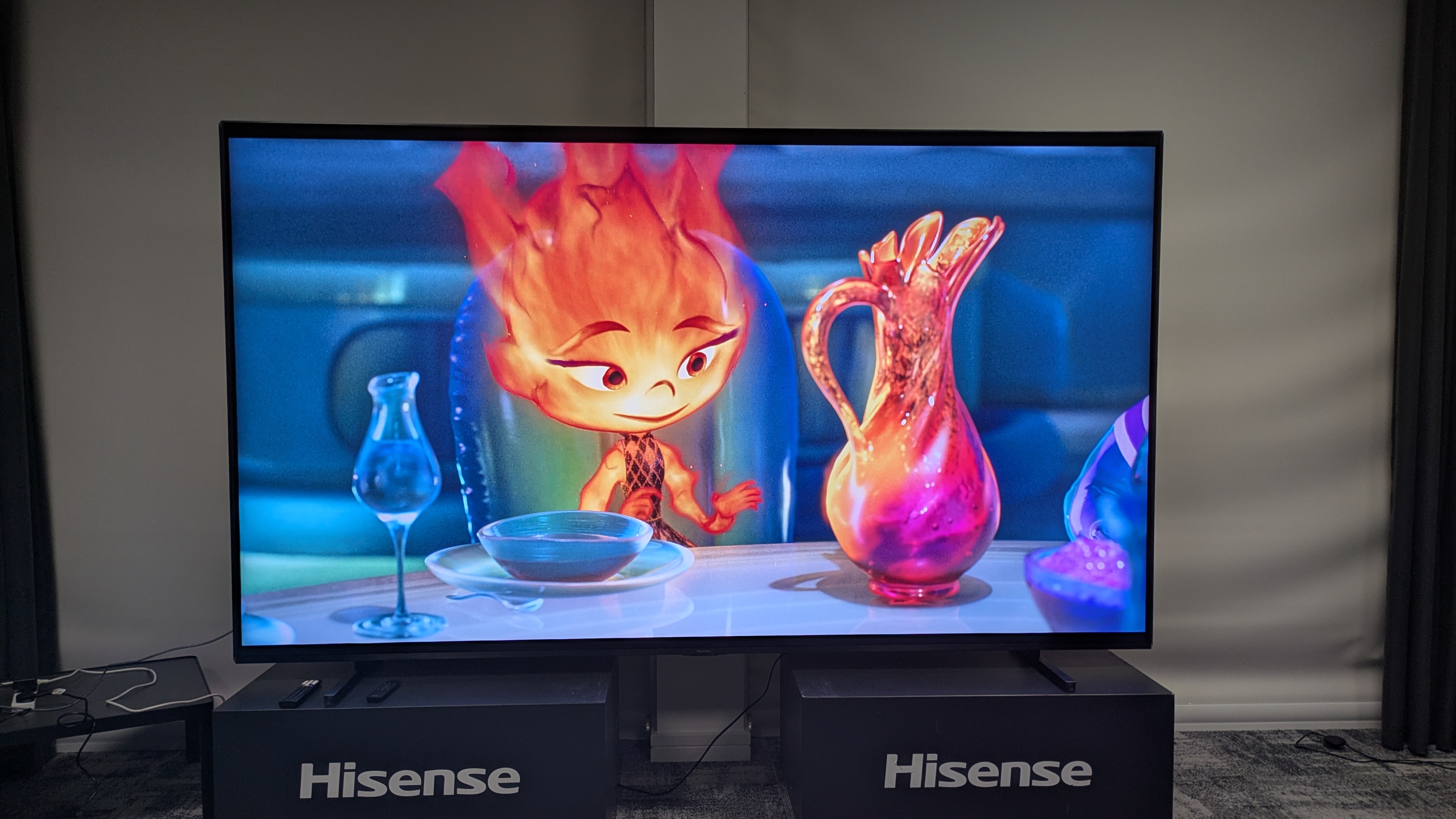
- High brightness and brilliant color
- Refined detail
- Black uniformity issues
The 116UX’s peak HDR brightness hit 5,441 nits and fullscreen HDR brightness was 1,090 nits, with both measured in Filmmaker Mode. That peak brightness result is over twice what I measured on the Hisense 110UX, a TV that uses a standard mini-LED panel.
The 116UX’s measured HDR color gamut covered 99.3% of the DCI-P3 color space, which is an excellent result for a mini-LED TV. Its BT.2020 color gamut coverage was even more impressive at 92.64%, which is the highest amount we’ve measured on a TV to date.
I first started my testing with some SDR content, beginning with an HD stream of Fight Club on Disney+. I chose Filmmaker Mode but set brightness and local dimming to medium as the picture was too dim at the default settings. I was impressed by the 116UX’s effective upscaling of textures, which gave the picture a crisper look. Even at a 116-inch size, the image was clean. Lower resolution content on YouTube didn’t fare as well, with the image looking blocky on the large screen.
Color is where the 116UX shines – literally. Watching Elemental on Disney Plus in Dolby Vision IQ picture mode, reds and oranges were vibrant and punchy, with the 116UX’s brightness adding real pop in a scene where Ember makes a vase. In Wicked on 4K Blu-ray, pink flowers in a tree in the ‘Wizard & I’ scene had a bold look, as did the greens of the Emerald City.
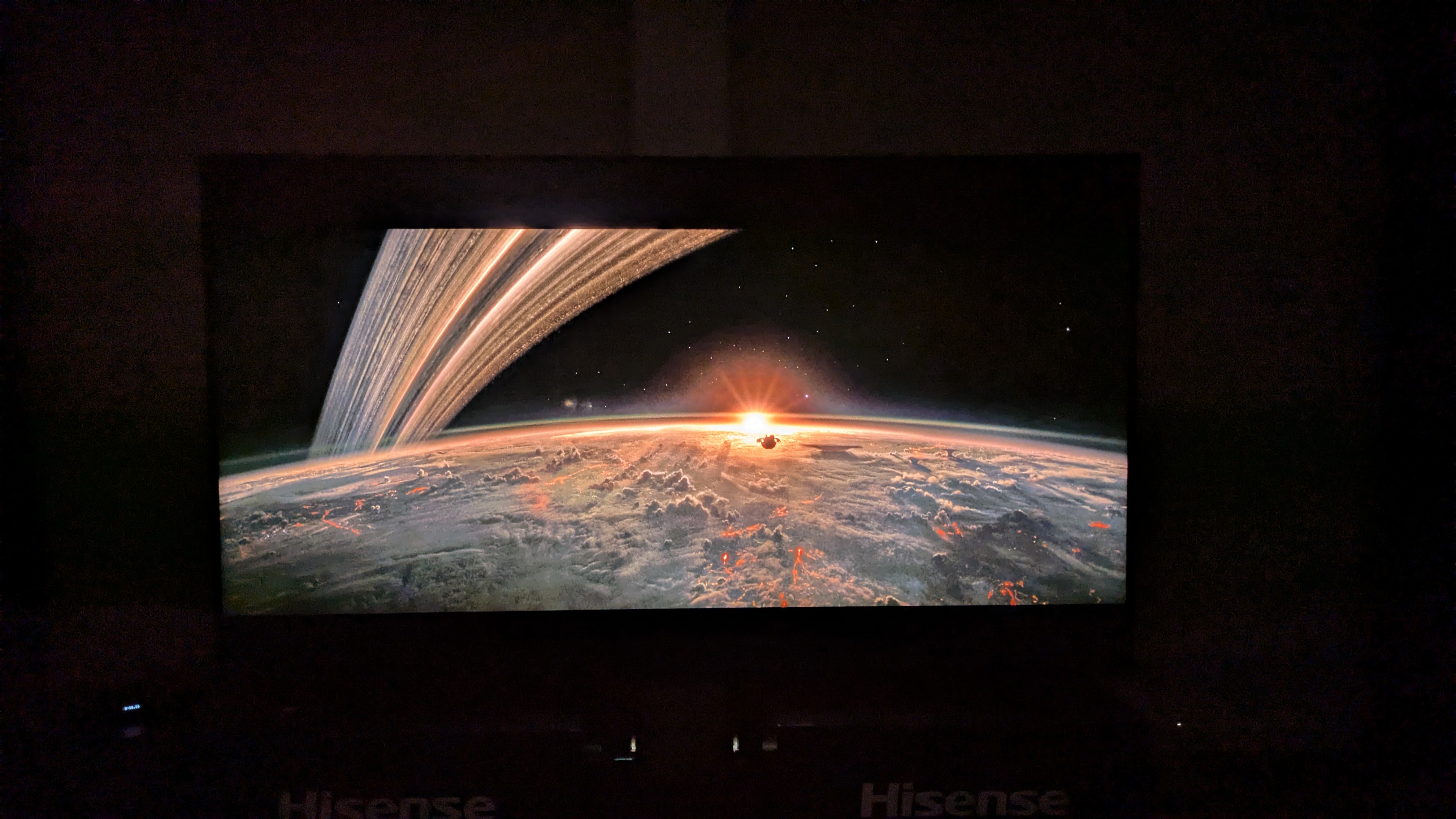
As I’ve discovered with most Hisense TVs, motion handling requires a bit of setup. I watched a stream of a soccer game on Prime Video and found that most motion presets worked, but either Standard or Custom, with Blur set to 3 and Judder set to 5, produced the smoothest image. This was also true for movie viewing, as a scene from No Time To Die where a camera pans across a rocky hillside looked much smoother with the above settings.
Textures looked consistently crisp and realistic on the 116UX, with close-up shots of people’s faces showing fine details such as marks or hair. Clothing was also true-to-life and given a 3D look.
Watching black and white scenes from Oppenheimer on the 116UX, whites looked bright and there was a good range of gray tones. Blacks were slightly raised, but they still looked solid. The 116UX also delivered good shadow detail in darker scenes, such as objects against dark walls in a scene where Strauss and Oppenheimer are in an office after their first meeting.
Dark scenes ultimately were a mixed bag on the 116UX. Blacks appeared rich and deep in some instances, such as the Spears & Munsil UHD Benchmark 4K Blu-ray’s demo footage, but they came across as more of a dark gray in movie scenes from The Batman and Alien: Romulus. While contrast was also strong in these movies, there was a clouding effect across the screen in dark sections of the image. Strangely, one exterior space shot in Alien: Romulus demonstrated good accuracy in the blacks, but another in a dark tunnel revealed the clouding effect at its worst.
The 116UX also demonstrated some backlight blooming around bright objects against dark backgrounds when viewed from off-center. Plus, the clouding issue became more apparent when viewing from more extreme angles.
I reached out to Hisense regarding dark scene viewing and the clouding effect and it said it was aware of and looking into it, but couldn't provide a fix at this time. If there are any updates, I'll be sure to add them to this review.
- Picture quality score: 4 / 5
Hisense 116UX review: Sound quality
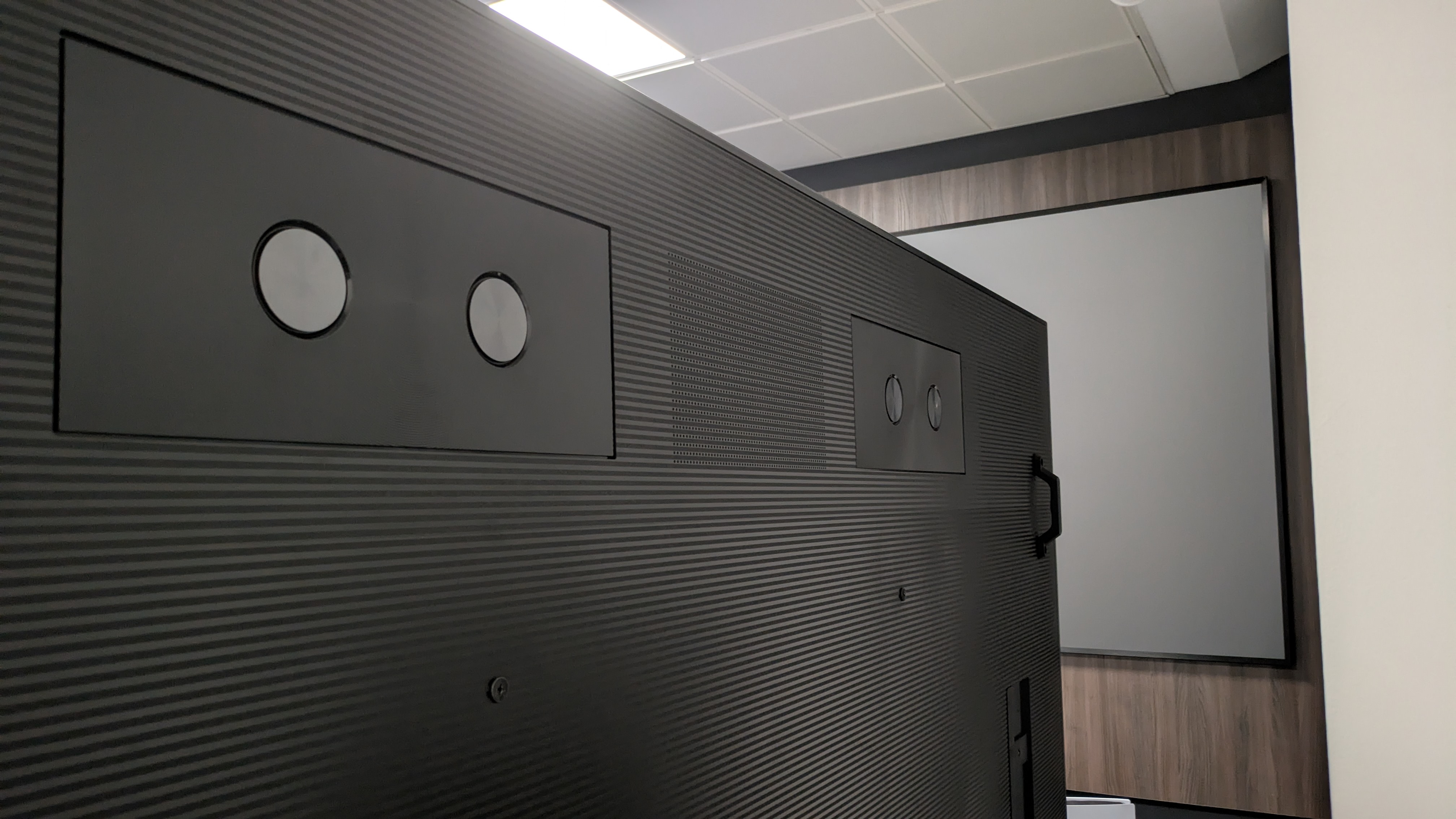
- 6.2.2-channel speaker array
- Clear, expansive, accurate sound
- Only average soundstage
The 116UX comes with a built-in 6.2.2-channel, 110W Devialet sound system that supports Dolby Atmos, but not DTS. It has subwoofers built into the rear of the screen, with two speakers running down each side of its frame and height speakers positioned on the top of the TV.
Watching the Batmobile chase scene from The Batman, the 116UX accurately connected the sound to the action on screen. The overall sound was punchy with clear dialogue. The 116UX’s sound was also immersive at times, going beyond the borders of the screen and making Dolby Atmos effects, such as rain in The Batman, feel as if they’re overhead.
While the 116UX’s built-in sound system is good, at times it felt restrained. Bass in particular lacked fullness. And while there was some suggestion of surround effects, I expected a sound system like this to produce a wider soundstage.
Some people will be happy with the 116UX’s sound, but I feel it deserves a sound system to match its gargantuan, cinematic picture.
- Sound quality score: 4 / 5
Hisense 116UX review: Design
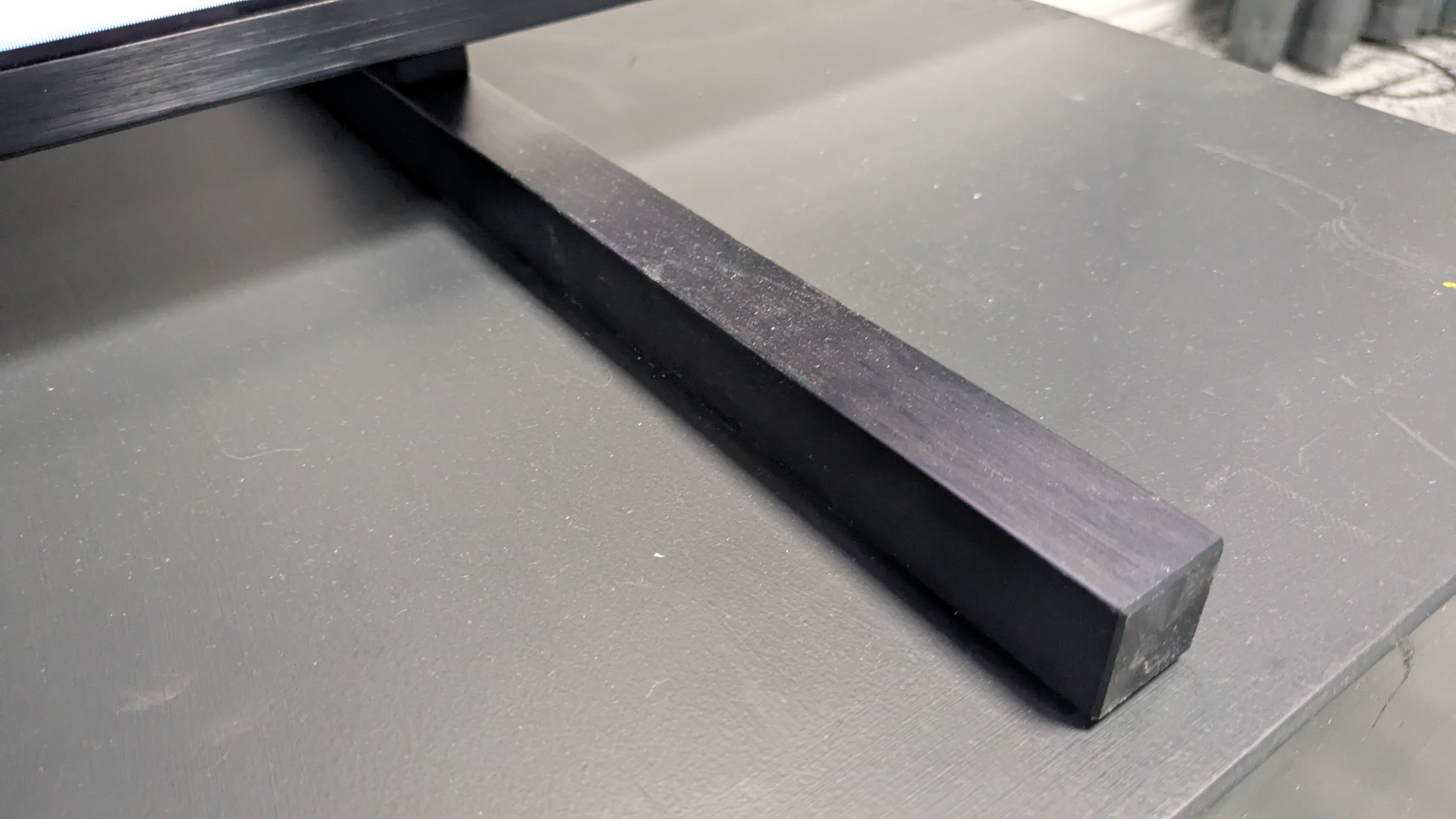
- Sleek, modern design
- Weighty and cumbersome
- Basic support feet
At 116 inches, the 116UX requires a large space. Its big screen will be too cumbersome for most living rooms and, unlike retractable projector screens of a similar size, it will dominate a space.
Hisense has done its best to make the 116UX appear as sleek as possible while still housing a substantial built-in sound system. Its frame is trim, and it’s made of a premium-looking black metal. As a result, the 116UX is an incredibly weighty 239lbs (108kg), meaning you’ll need to carefully consider installation, although there are two carry handles on the rear. The TV is supported by two metal feet, which, although plain, are expected for a TV this size.
The 116UX comes with Hisense’s solar remote, which is reminiscent of Samsung’s SolarCell remote and can be charged using the rear solar panel or by USB-C. It has a nice design with a burnished steel finish and feels more premium than Hisense’s standard TV remotes.
- Design score: 4 / 5
Hisense 116UX review: Smart TV & menus
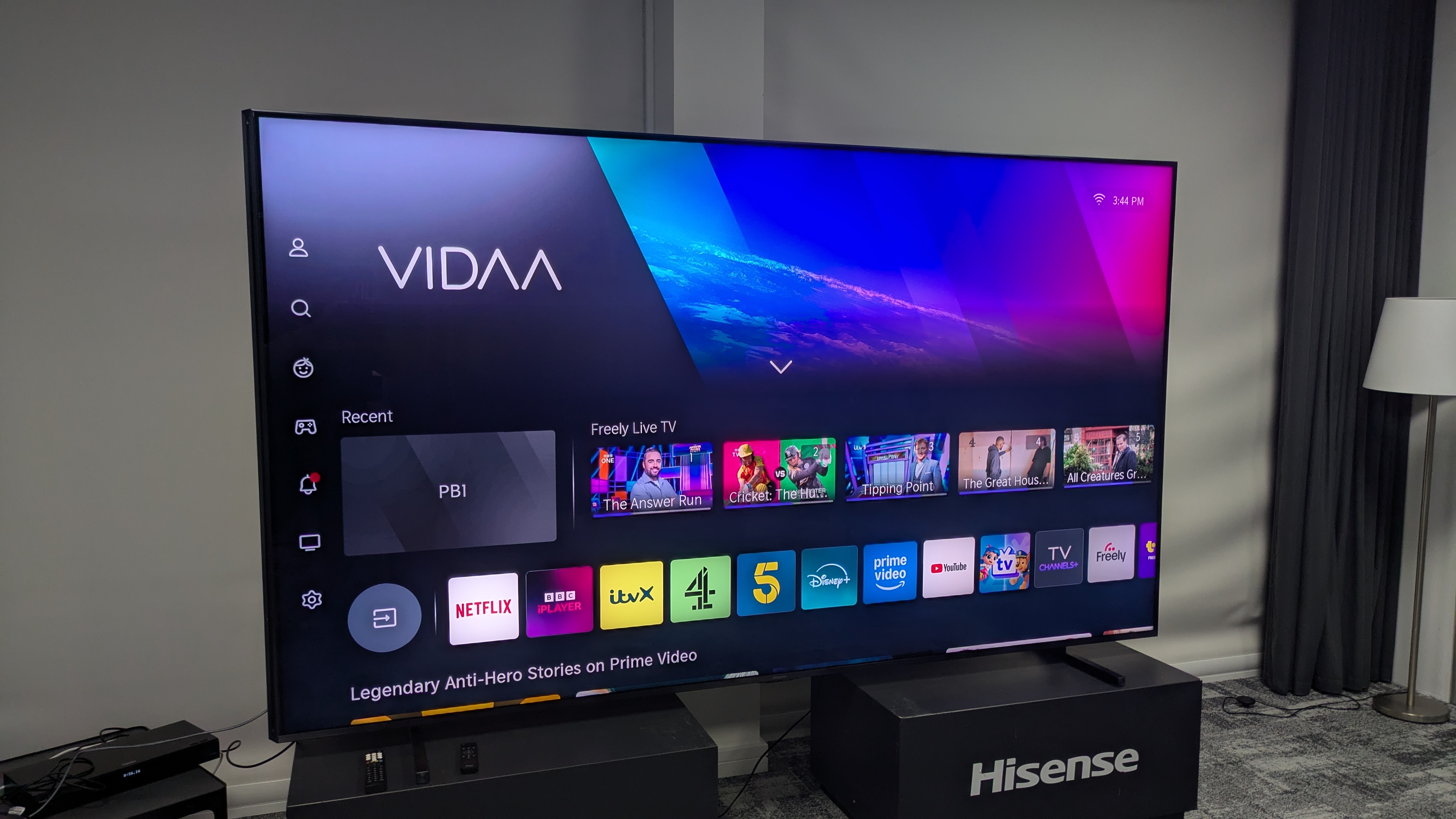
- Google TV (US), VIDAA (UK & Australia)
- Good number of picture settings
- Performance can lag at times
Like all Hisense TVs, the 116UX’s smart TV platform will be different based on your region. In the US, it uses Google TV, and in the UK and Australia, it uses Hisense’s own VIDAA smart TV platform. I reviewed the 116UX in the UK, so I will be focusing on VIDAA. Check out our Hisense U8Q review to read about a Google TV Hisense model.
VIDAA has access to all major streaming services such as Netflix and Prime Video, and all UK-based streaming services such as BBC iPlayer and ITVX. It also supports Freely, a service in which you can watch live TV over Wi-Fi with no need for an antenna or satellite connection.
There are a good number of picture settings on the 116UX. VIDAA’s overall look is plain and not as user-friendly as LG’s webOS, and the 116UX’s overall performance during navigation suffered from lag on occasion. VIDAA could do with a visual overhaul, as it does look dated in some of its menus.
- Smart TV & menus: 4 / 5
Hisense 116UX review: Gaming
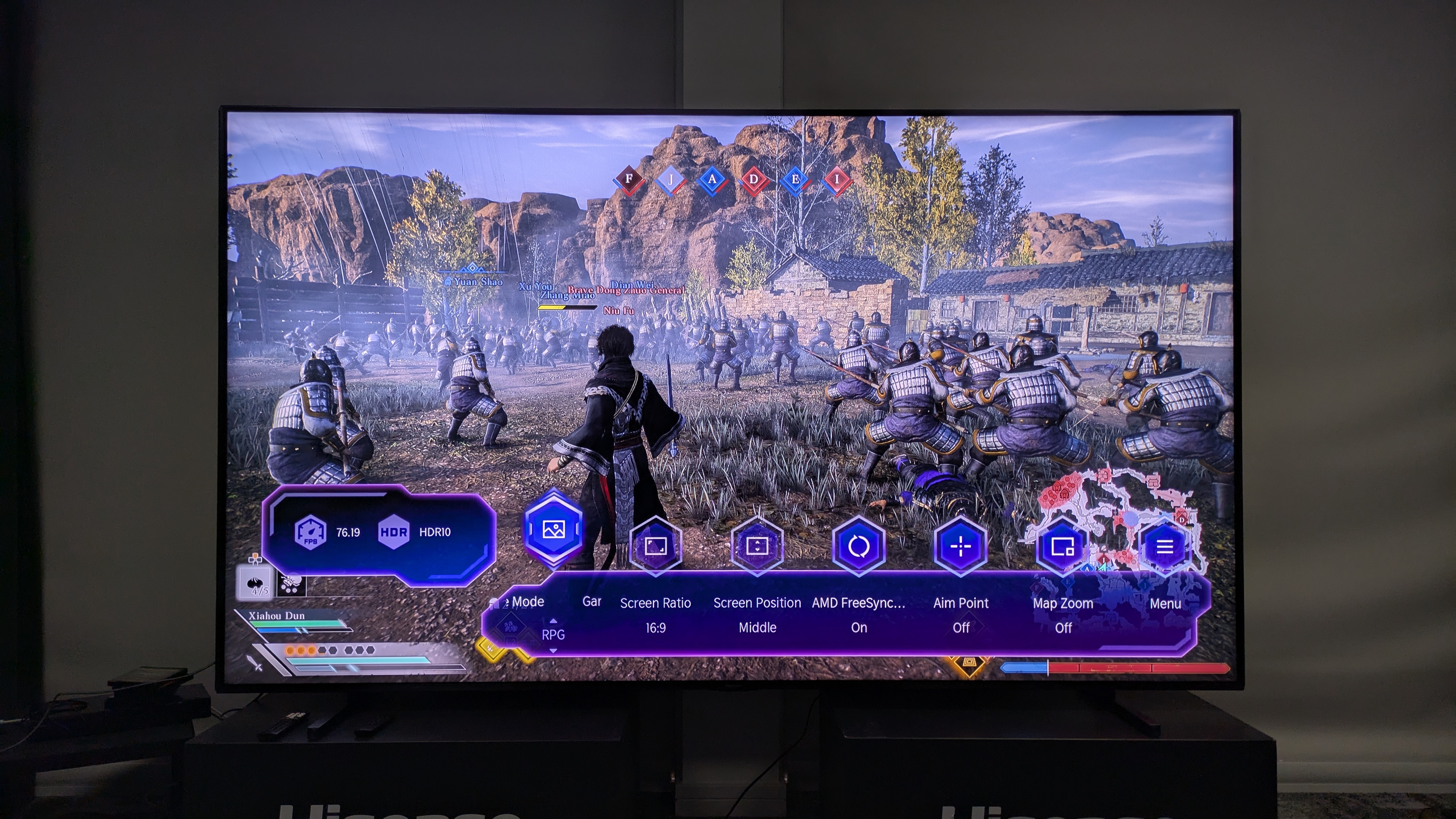
- 4K 165Hz, AMD FreeSync Premium
- 14.6ms input lag
- Three HDMI 2.1 ports
The 116UX has impressive gaming features, such as 4K 165Hz, VRR including AMD FreeSync Premium Pro, ALLM and Dolby Vision gaming, and these are all supported on three HDMI 2.1 ports. There is also a 288Hz game booster mode for PC gaming and a Game Board pop-up menu that displays useful information such as frame rate and VRR, as well as settings that can be adjusted, such as Dark Detail.
Gaming performance on the 116UX is generally smooth and responsive. Playing a demo of Dynasty Warriors: Origins on PlayStation 5, the action felt fast-paced and chaotic as expected at both 60Hz and 120Hz. I noticed during gameplay that the frame rate varied a lot in the 120Hz Performance mode, but I chalked this up to the game itself, due to its rendering of many enemies on screen.
The 116UX’s measured input lag is 14.6ms, which is higher than rivals like Samsung and TCL, but still under the 15ms threshold most gamers look for.
- Gaming score: 4.5 / 5
Hisense 116UX review: Value
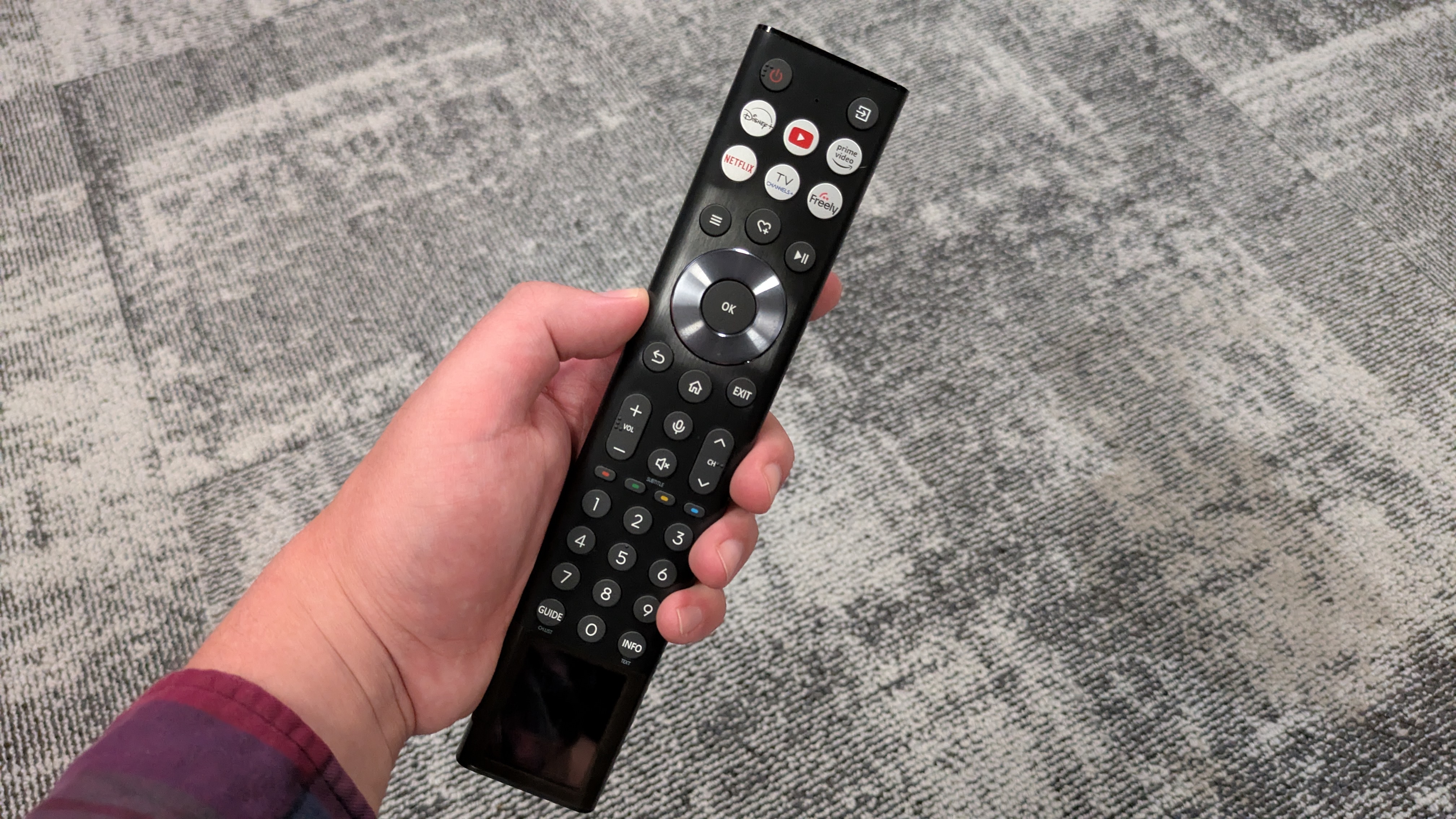
- Expensive
- Similarly priced to big-screen OLED TVs
- Much pricier than the 110-inch 110UX
At $29,999 / £24,999 / AU$39,999, the Hisense 116UX is a pricey, premium TV. It may come with an exciting, new RGB mini-LED panel that produces superb brightness and color, but that’s still a lofty price, even for a TV this feature-packed.
At this price range, you can pick up some of the best projectors on the market, such as the JVC DLA-NZ800 ($15,999 / £15,999 / AU$24,999). It won’t have the 116UX’s brightness, but it will still produce an excellent picture. Plus, you can build an entire home theater system around it with the same budget.
The 116UX is also much pricier than the step-down 110UX ($14,999 / £18,999 / AU$24,999), and while it delivers better performance and picture quality, that's still a significant price gap.
- Value score: 3 / 5
Should you buy the Hisense 116UX?
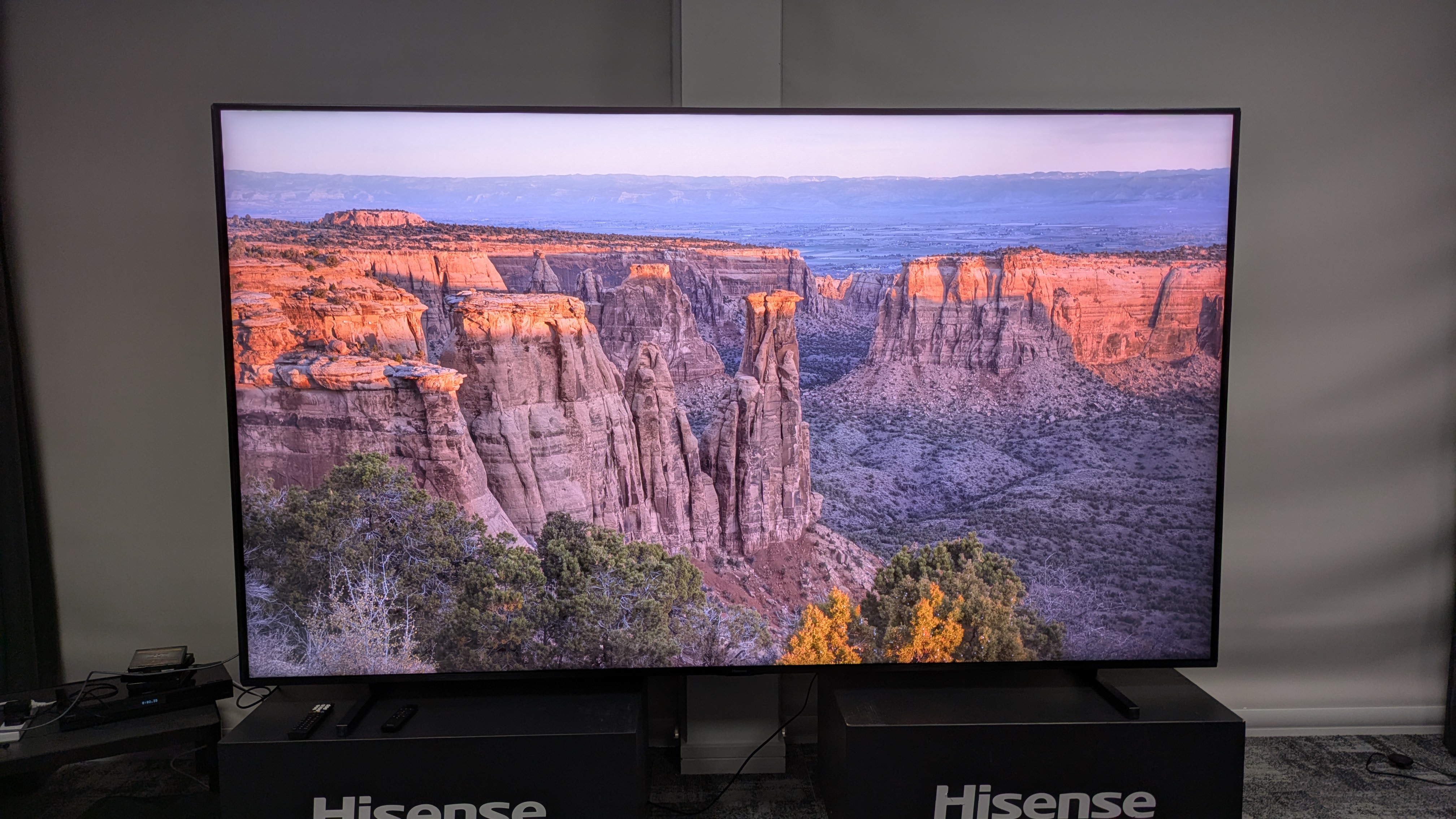
Swipe to scroll horizontally
Features | RGB mini-LED panel with good amount of smart and gaming features | 4.5/5 |
Picture quality | Superb color reproduction, brightness and realistic textures, but dark scene viewing can be an issue | 4/5 |
Sound quality | Punchy, precise sound system with decent bass, but sound feels narrow at times | 4/5 |
Design | Trim design considering size, and feels sturdy as well | 4/5 |
Smart TV and menus | VIDAA has good number of picture settings and apps, but looks dated | 4/5 |
Gaming | Great array of gaming features including 165Hz and AMD FreeSync Premium Pro and 3 HDMI 2.1 ports | 4.5/5 |
Value | An exciting step forward for mini-LED, but expensive price means it remains exclusive | 3/5 |
Buy it if...
You want a cinema-sized screen
The Hisense 116UX gives you the experience of a cinema at home, delivering high brightness and vibrant color.
You want a big screen for gaming
The 116UX has a great range of gaming features and solid performance to match, but the novelty of gaming on such a large screen is where gamers will be most excited.
Don't buy it if…
You're on a budget
The 116UX carries a very premium price tag and although prices will drop over the coming months, it's unlikely to become affordable for 99% of people.
You want a perfect picture
The 116UX has screen uniformity issues and struggles with some dark scenes. It struggles even more when these scenes are viewed off-center.
Also consider
Swipe to scroll horizontally
Price | $24,999 / £24,999 / AU$34,999 | $14,999 / £19,999 / around AU$24,300 | $2,499.99 / £2,499 / AU$3,499 | $2,199 / £2,199 / AU$2,999 |
Screen type | RGB Mini-LED | Mini-LED | Mini-LED | Mini-LED |
Refresh rate | 120Hz (up to 165Hz) | 120Hz (up to 144Hz) | 120Hz (up to 144Hz) | 120Hz (up to 144HZ) |
HDR support | Dolby Vision/HDR10+/HDR10/HLG | Dolby Vision IQ/HDR10/HLG/HDR10+ | HDR10+/HDR10/HLG | Dolby Vision/HDR10+/HDR10/HLG |
Smart TV | Google TV (US), VIDAA (UK/Aus) | Google TV (US/Aus), VIDAA (UK) | Tizen | Google TV (US/Aus), VIDAA (UK) |
HDMI ports | 3 x HDMI 2.1 | 4 (2x HDMI 2.1) | 4 x HDMI 2.1 | 3 x HDMI 2.1 |
Hisense 110UXN
The Hisense 110UXN is the step-down model from the 116UX and while its standard mini-LED panel doesn't deliver as vibrant a picture as the 116UX, it does have similar features and is significantly cheaper, while still delivering a big screen experience.
Read our full Hisense 110UXN review
Samsung QN90F
Though it lacks the Hisense's RGB mini-LED panel and doesn't hit the same brightness levels as the 116UX, the Samsung QN90F delivers outstanding picture quality and has one of the most complete feature sets on the market, including an effective anti-reflection screen. Plus, it's a lot cheaper.
Read our full Samsung QN90F review
Hisense U8QG
The Hisense U8QG is one of Hisense's flagship TVs at a more affordable price. While it again doesn't deliver the same picture quality as the 116UX, it is excellent value for money and does deliver strong performance and a brilliant set of features for a good price. It's also frequently on sale.
Here's our full Hisense U8QG review
How I tested the Hisense 116UX
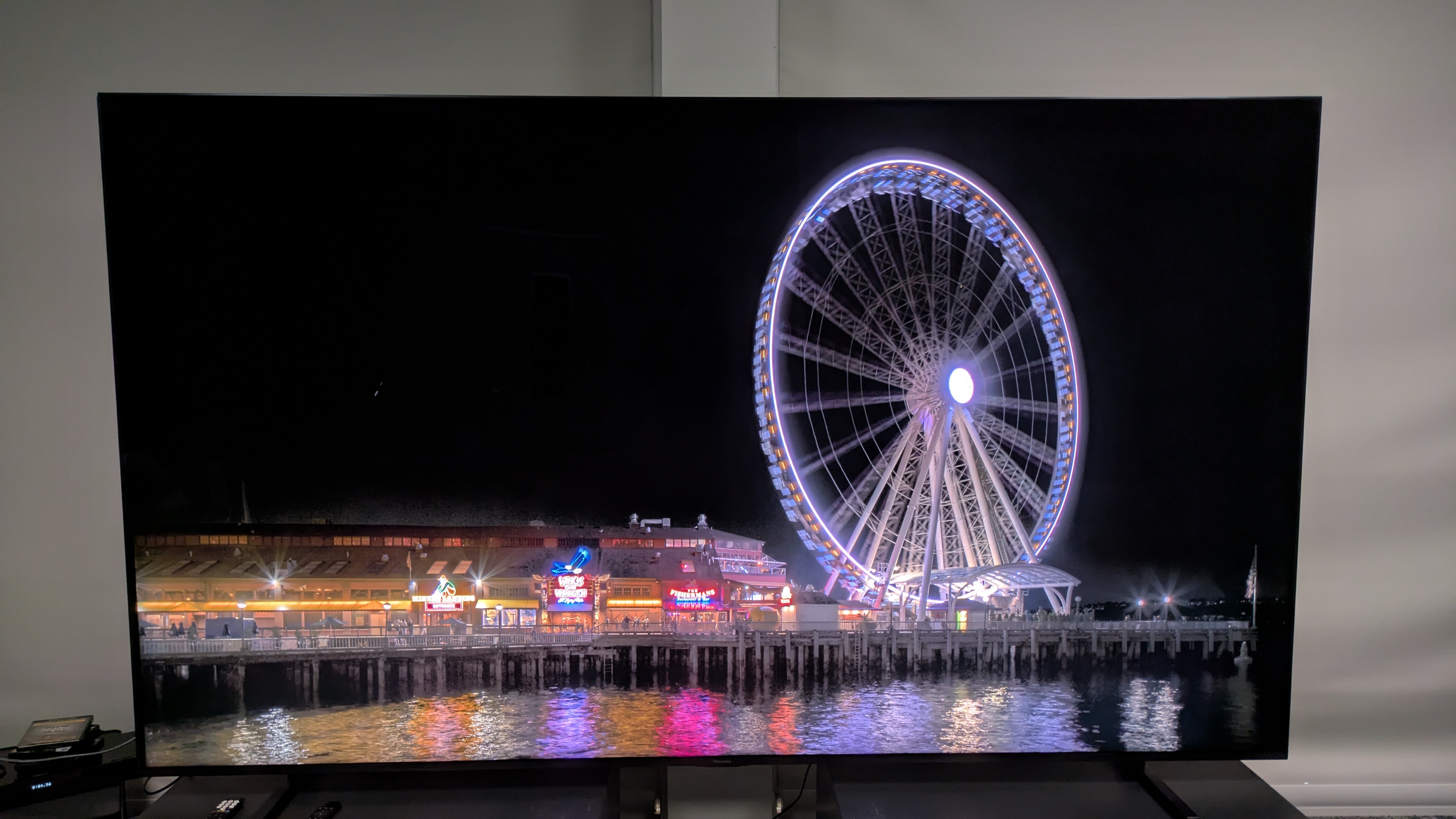
- Tested in light controlled testing room
- Tested SDR and HDR sources for picture quality
I tested the Hisense 116UX in a light-controlled demo room at Hisense Europe HQ in Leeds, England.
I first established which picture modes I would use for my testing with some casual viewing. For my critical viewing, I used several reference scenes from both SDR (broadcast TV and streaming) and HDR sources (4K Blu-ray and streaming). I tested the 116UX's picture for brightness, color, shadow detail and contrast, screen uniformity, upscaling and motion. I also used these same sources to test the UX116's audio performance. To play 4K Blu-rays, I used the Panasonic DP-UB820 4K Blu-ray player.
I also tested gaming performance and features using a PlayStation 5.
Measurements for the Hisense 116UX were taken by my colleague Matthew Murray, Head of Testing at Future, at a separate event in the US.
These tests included peak (10% window) and fullscreen (100%) SDR and HDR brightness, measured on a white window test pattern.
HDR color gamut was also measured, examining the DCI-P3 and BT.2020 color spaces. Color and grayscal accuracy were measured using Delta-E values (the margin for error between the test pattern signal and what's shown on screen).
Finally, the TV's input lag was measured using a Leo Bodnar 4K HDMI Input Lag Tester.
For a more detailed explanation of how we test TVs at TechRadar, check out the link.
- First reviewed: September, 2025
- Read TechRadar's reviews guarantee

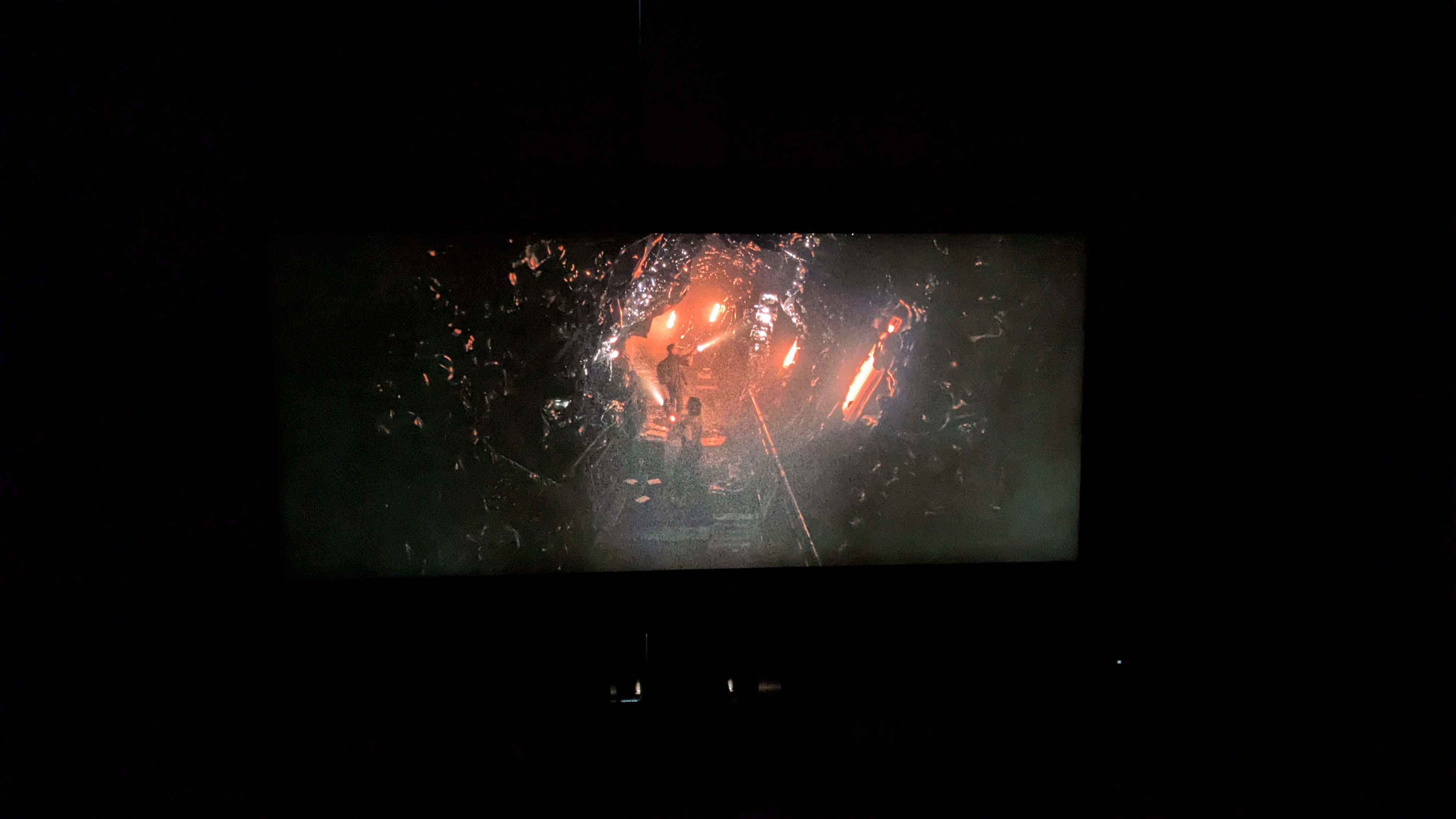
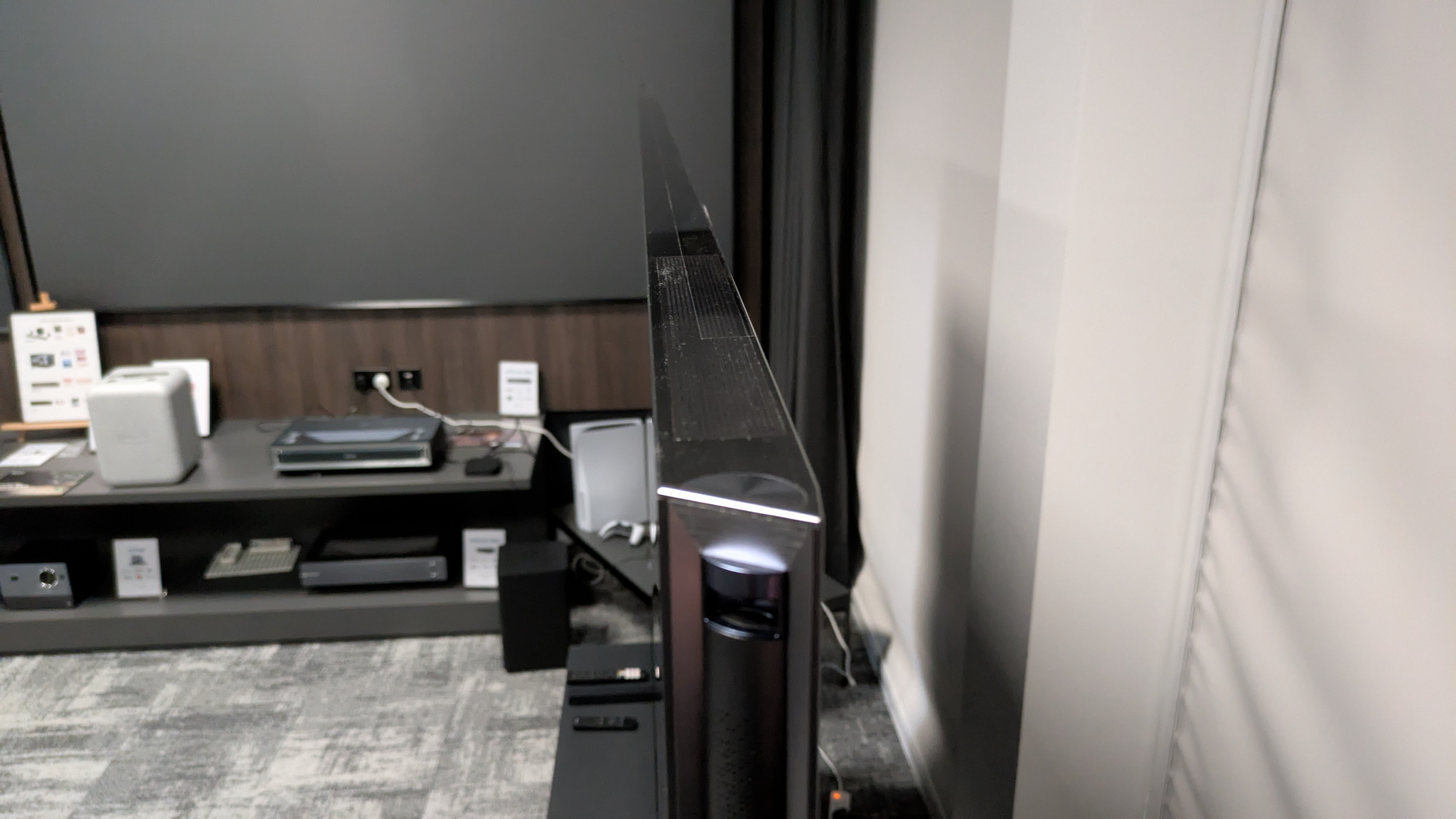

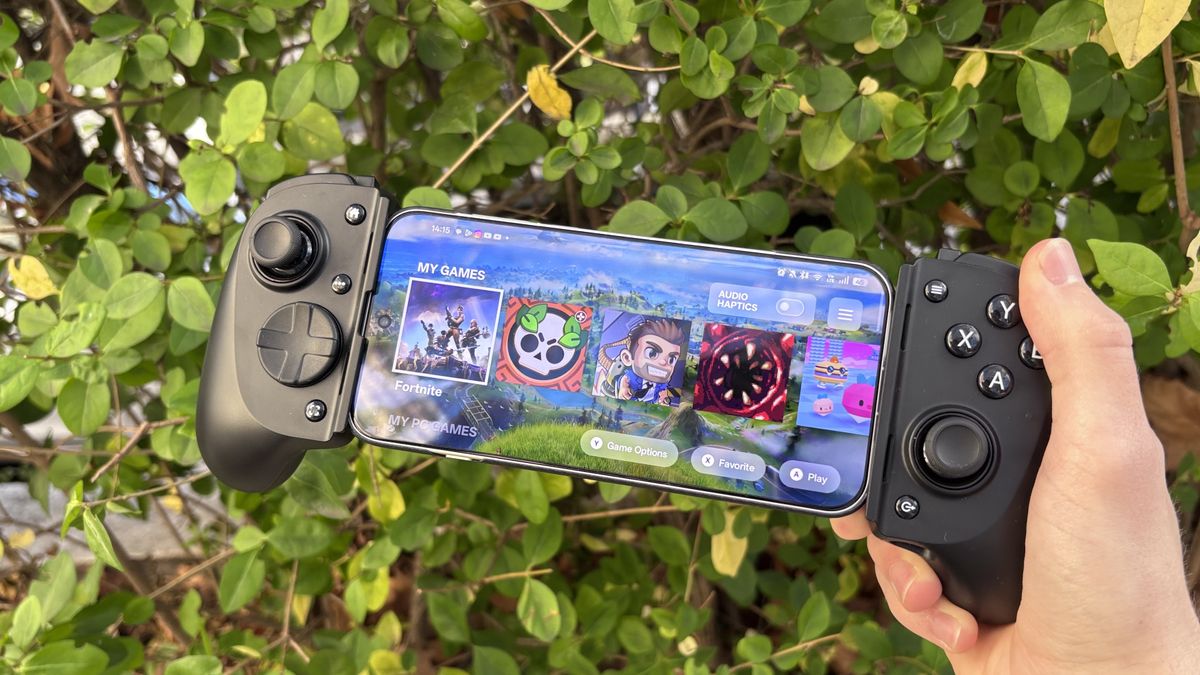


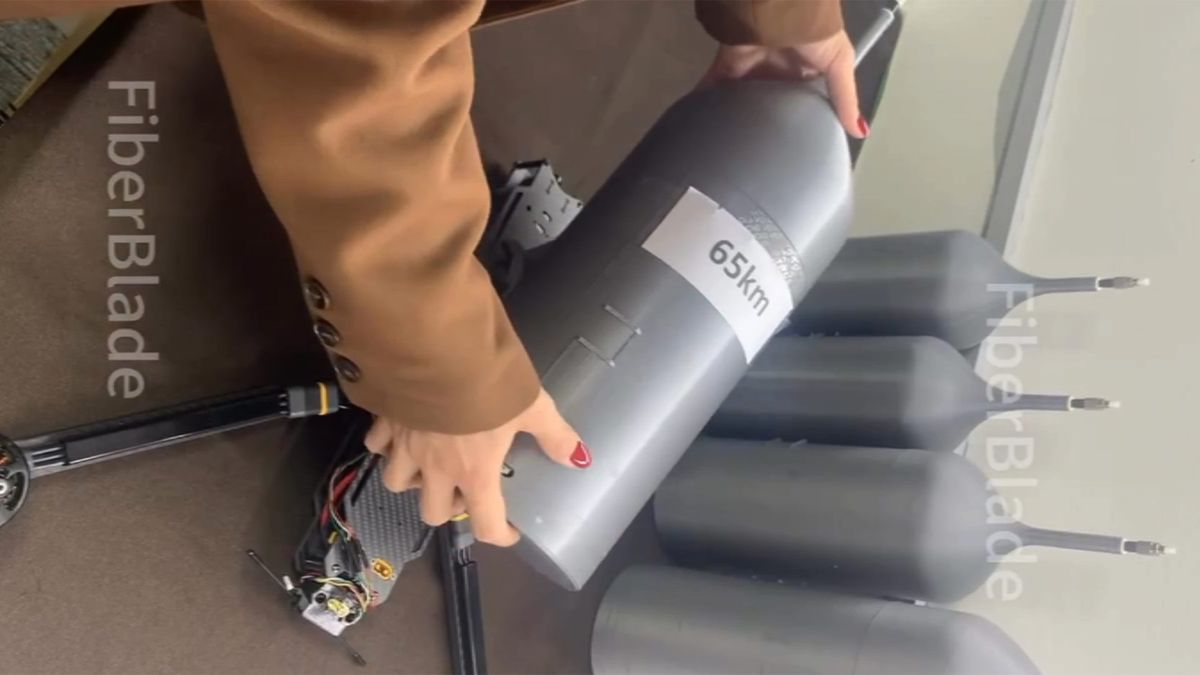
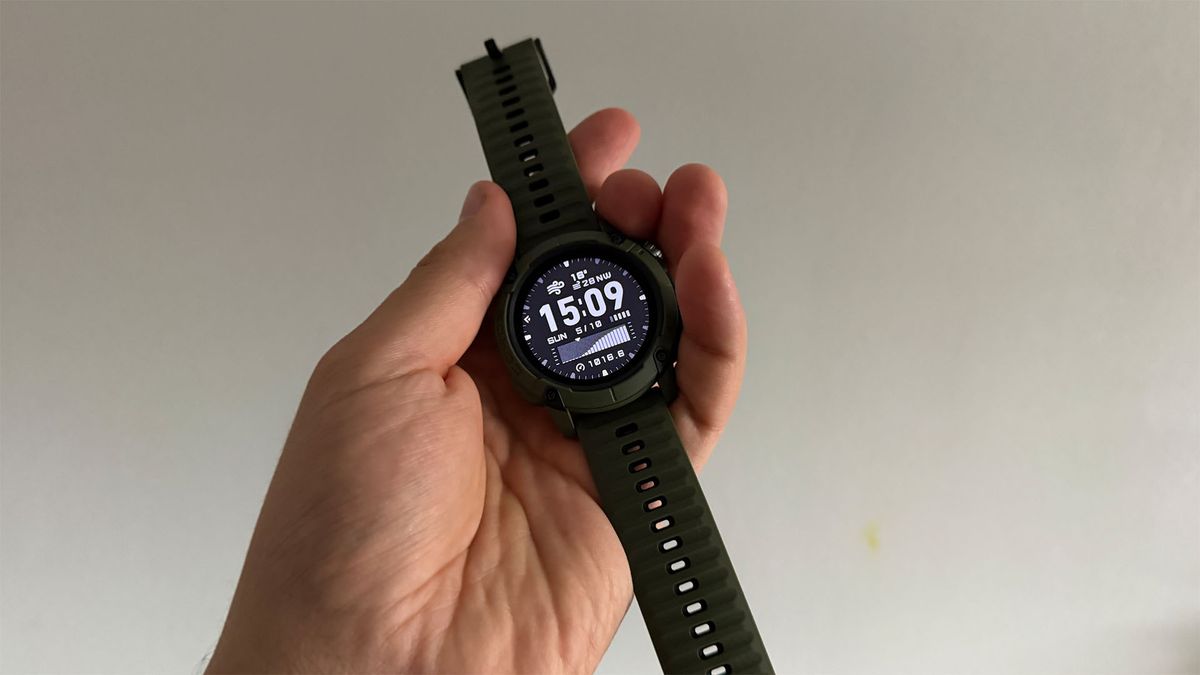



 English (US) ·
English (US) ·